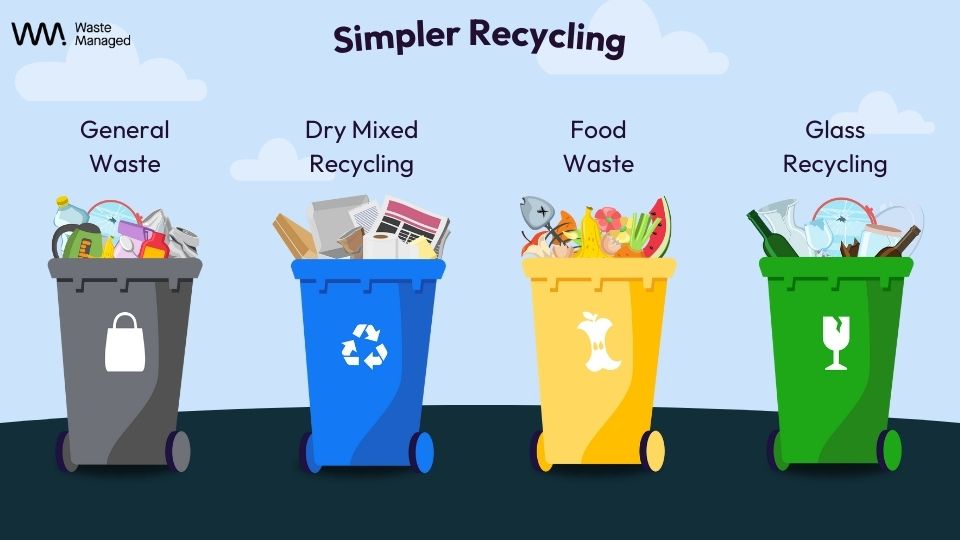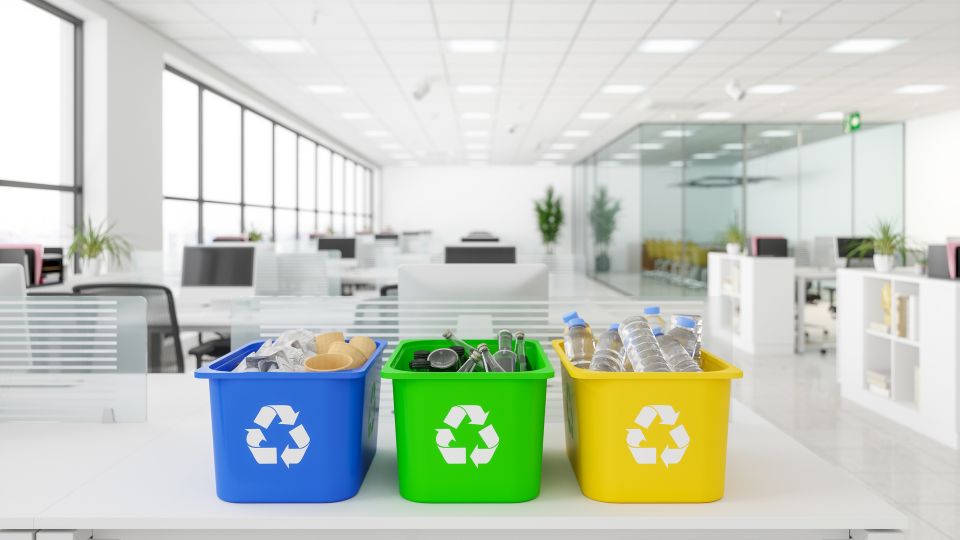
Paper waste is a significant environmental issue that affects both businesses and households. Understanding the scale, impact, and management of paper waste is crucial in promoting sustainable practices.
Table of contents
- UK Paper Recycling Rates and Statistics
- UK Paper Consumption Trends
- Environmental Impact of Paper Waste
- Economic Costs of Paper Waste
- Future Trends in Paper Consumption
- Conclusion
UK Paper Recycling Rates and Statistics
- Recycling paper waste is a critical component of waste management. The UK has a commendable recycling rate for paper, with 70.6% of paper and cardboard collected from households being recycled.
- Nearly 4 million tonnes of packaging waste in the UK is made from paper and cardboard, and around 8 million tonnes of this packaging waste is recycled each year.
- Despite high recycling rates, it is estimated that around 5 million tonnes of paper still end up in UK landfill sites every year
- The average UK family throws out the equivalent of six trees’ worth of paper each year. This statistic underscores the importance of domestic recycling efforts.
- Approximately 50% of business waste is composed of paper products. Implementing effective recycling programs in offices can substantially reduce overall waste.
Read more on reducing office paper waste here!
- Schools in the UK use up to one million sheets of paper per year. Despite increasing digitalization, paper waste remains a significant issue in educational institutions.

UK Paper Consumption Trends
The UK is a major consumer of paper, with approximately 10 million tonnes used annually. This consumption translates to a significant environmental footprint. On average, the UK uses enough paper each year to cover an area almost the size of Wales, requiring around 24 trees to produce one tonne of paper (American Forest and Paper Association)
Environmental Impact of Paper Waste
The environmental impact of paper waste is substantial. Around 26% of global landfill waste consists of paper, despite most of it being recyclable. Producing one tonne of paper requires 17 trees and consumes about 30,000 liters of water. The process also demands significant energy, with recycled paper production using 30% less energy than new paper.

Economic Costs of Paper Waste
The economic costs of paper waste are significant. The global direct cost of waste management was estimated at USD 252 billion in 2020, with hidden costs due to pollution, poor health, and climate change pushing this figure to USD 361 billion (UNEP – UN Environment Programme).
Effective paper waste management can mitigate these costs, saving resources and reducing overall expenses.

Future Trends in Paper Consumption
Future trends indicate a growing emphasis on sustainability and reduced paper consumption. The push towards digitalisation and paperless practices in businesses and schools is expected to decrease paper usage. Additionally, advancements in recycling technologies and increased awareness of environmental impacts are likely to drive higher recycling rates and more efficient use of paper resources.
Conclusion
Addressing paper waste is essential for environmental sustainability and economic efficiency. By understanding paper consumption trends, environmental impacts, recycling rates, and economic costs, we can make informed decisions to reduce paper waste.
Continued efforts in recycling and sustainable practices will be crucial in mitigating the environmental footprint of paper waste and promoting a greener future.








